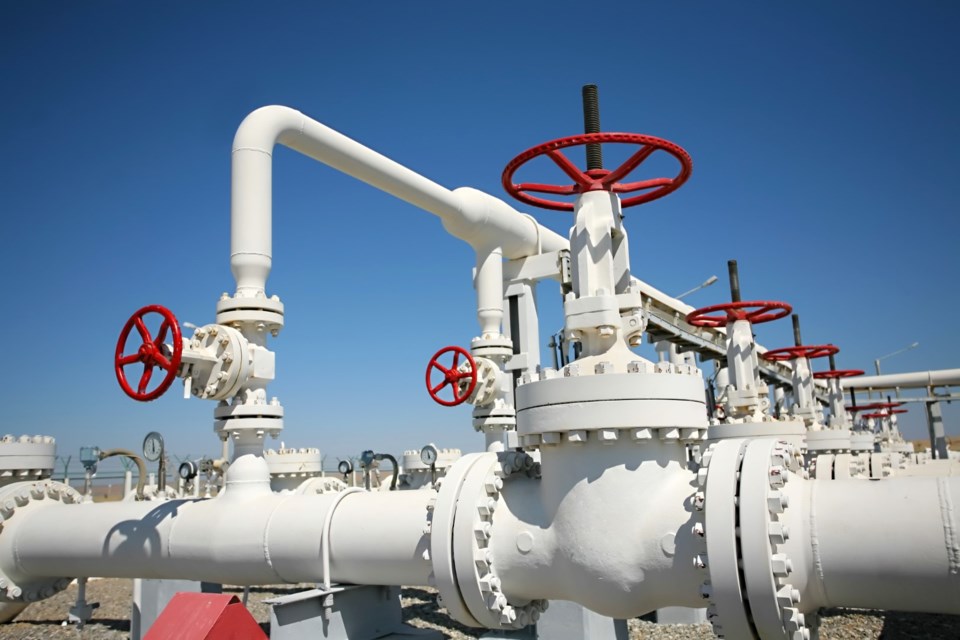WESTERN PRODUCER — The global fertilizer outlook for 2023 ranges from bullish to bearish depending on the nutrient, according to an analyst.
Vitor Pistoia, farm inputs analyst for Rabobank, is forecasting rising nitrogen fertilizer prices in 2023, but it is unclear how much worse it will get for farmers. It all hinges on what happens when the European Union runs low on natural gas supplies and restocks in early 2023.
Natural gas is the primary feedstock for ammonia production in nearly every producing region around the world.
The fear is that the EU’s restocking will drive up natural gas prices and subsequently nitrogen fertilizer prices.
Natural gas prices have dropped 60 percent from the highs of August. That has resulted in a gradual increase in EU nitrogen fertilizer production.
However, it won’t be enough to compensate for the vastly reduced production this summer and fall when Russia turned off the natural gas taps.
The region will need to import more nitrogen fertilizer than usual, putting increased pressure on already volatile global nitrogen fertilizer prices.
Rabobank’s annualized volatility index for urea in 2022 is running at three times normal levels.
Another contributing factor to the volatility is Russia’s decreased role in international fertilizer markets, said Pistoia. The country used to supply 23 percent of the world’s ammonia, which is the building block of all nitrogen fertilizers.
That ammonia is produced in the Black Sea region and is no longer getting to market. Shipping it via the Baltic Sea is not a viable option because it is 1,500 kilometres away from the production region.
Russia is negotiating with Ukraine to use the United Nations’ Black Sea grain corridor to move its fertilizer, but Ukraine is demanding the release of prisoners of war in return.
Even if Russia is successful in those negotiations, the government has placed a 23.5 percent duty on all fertilizer exports leaving the country as of Jan. 1, 2023, so any Russian product would be expensive.
The upshot is that nitrogen fertilizer supplies will likely remain constrained in 2023, which means higher prices.
Pistoia noted that prices could actually fall over the next month or two while the EU works its way through its natural gas stockpile before reloading. Then prices will start to climb.
His phosphate price outlook is sideways to slightly down due primarily to global demand destruction caused by sky-high prices of the nutrient.
Rabobank estimates that in many regions of the world, growers have reduced application by more than 30 percent. Farmers don’t need to apply phosphate every year because any unused portion remains accessible in the soil.
Sulfuric acid is a major feedstock in phosphate production and prices of that ingredient have fallen 20 percent since the start of the year in China and 50 percent in the Middle East.
Pistoia is even more bearish on the potash price outlook due to even larger global demand destruction as farmers in South America sharply cut back on the nutrient.
Prices are half of what they were at the beginning of the year in some markets like Brazil. But the cuts still haven’t been enough to revive demand.
Now is probably a good time for farmers to contact their retailers to inquire about potash prices, although there could be even better prices ahead, he said.
Pistoia expects global fertilizer demand to recover somewhat in 2023 due to the lower prices of phosphate and potash. But he warned farmers to keep a very close eye on nitrogen prices.
Contact [email protected]




